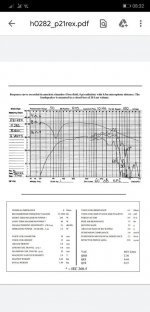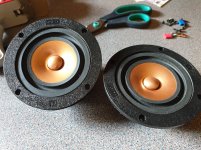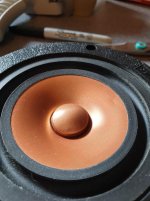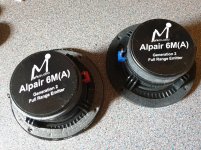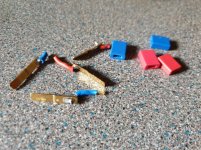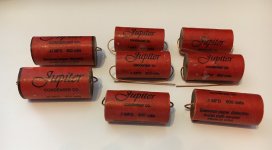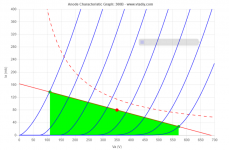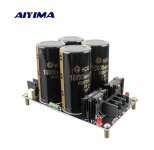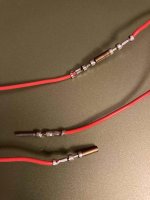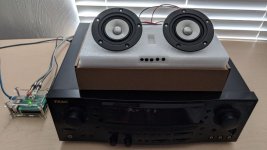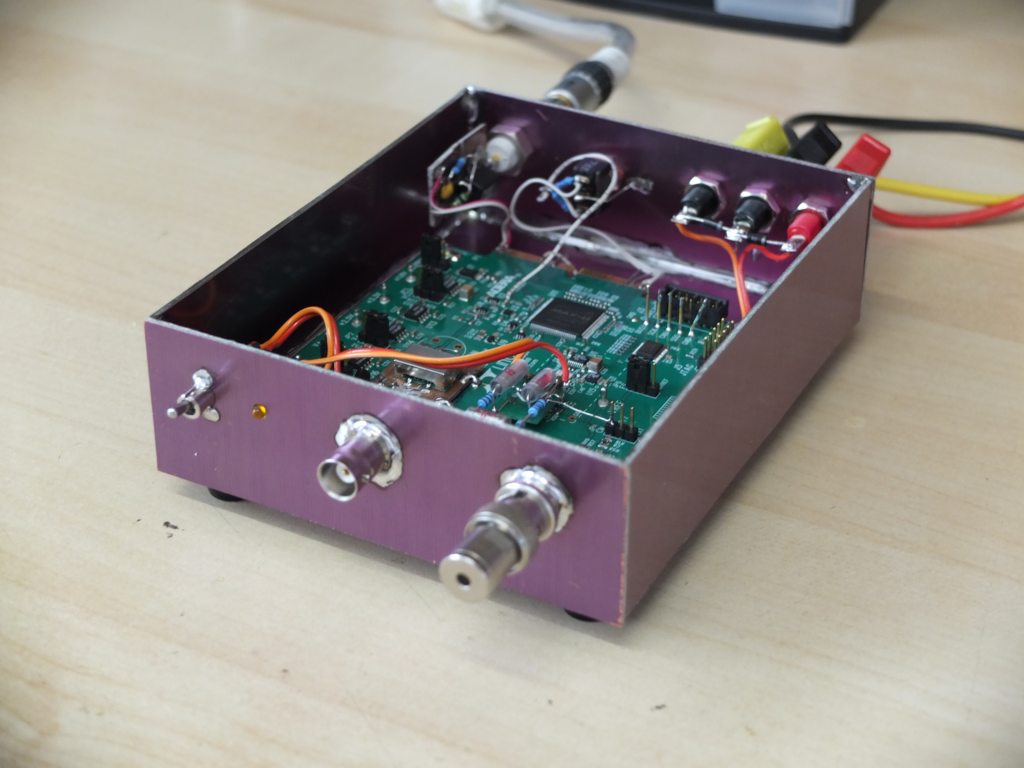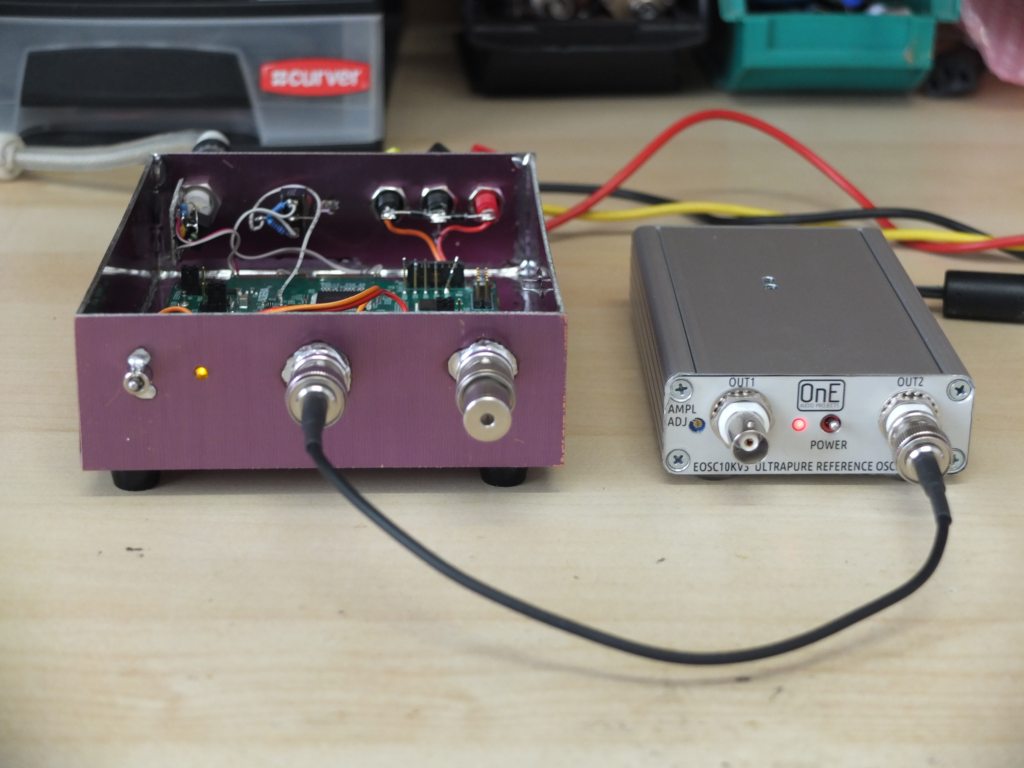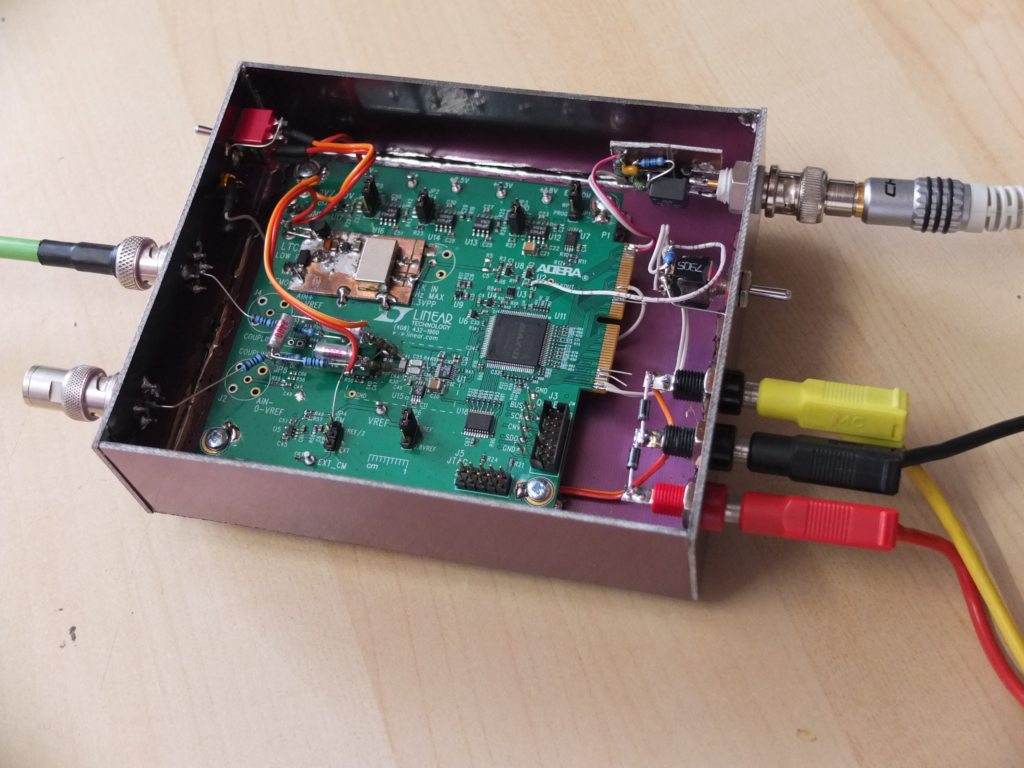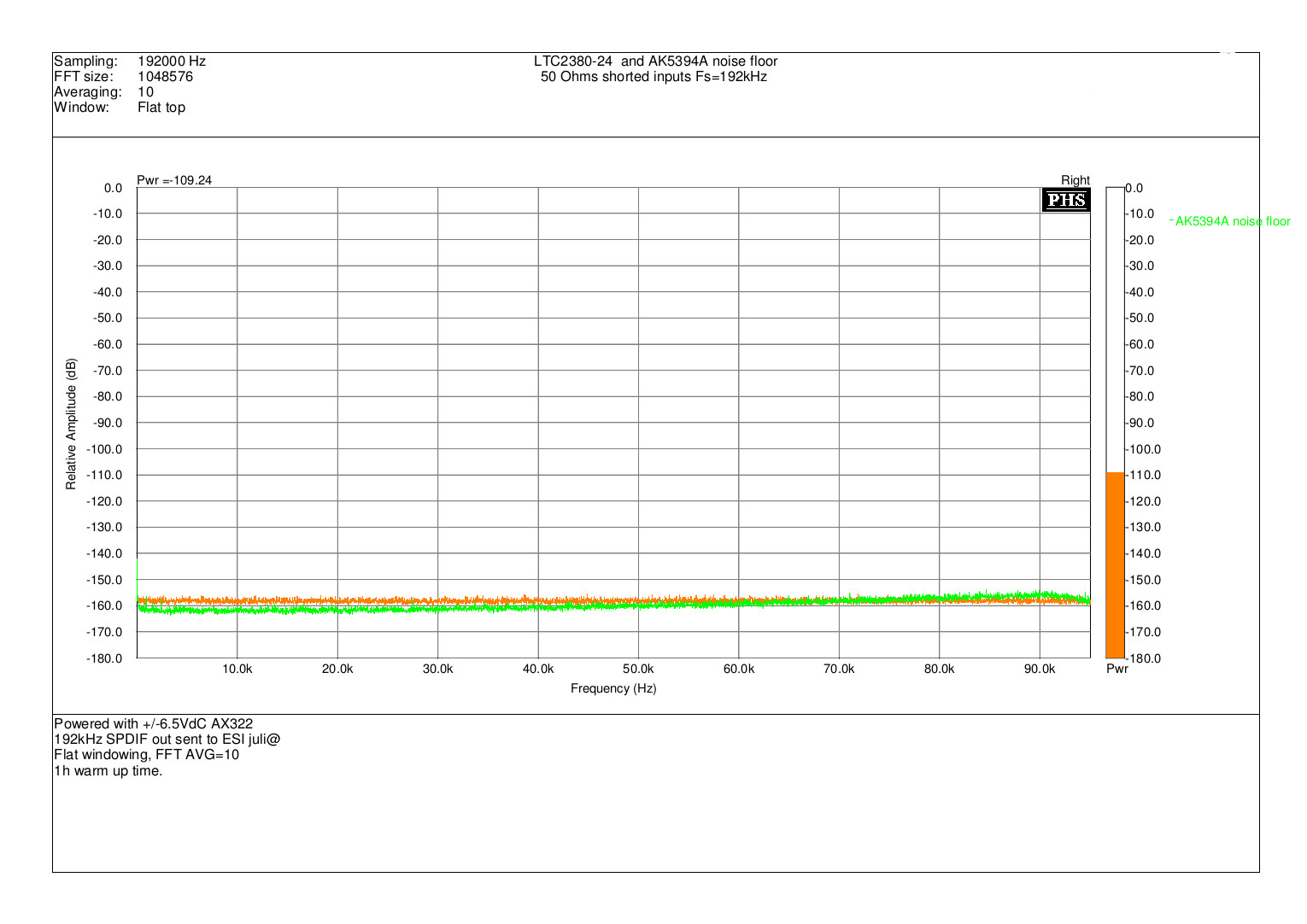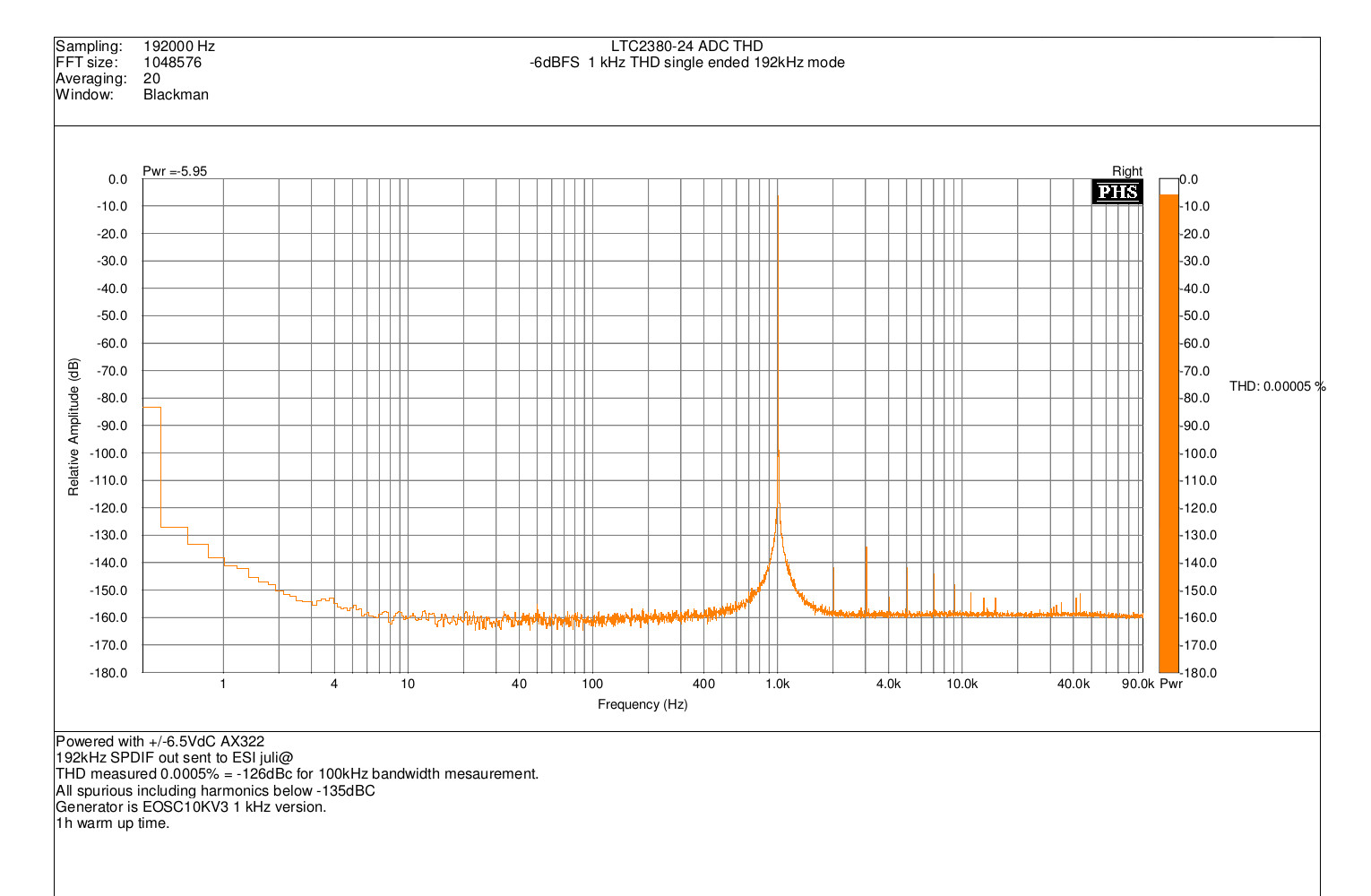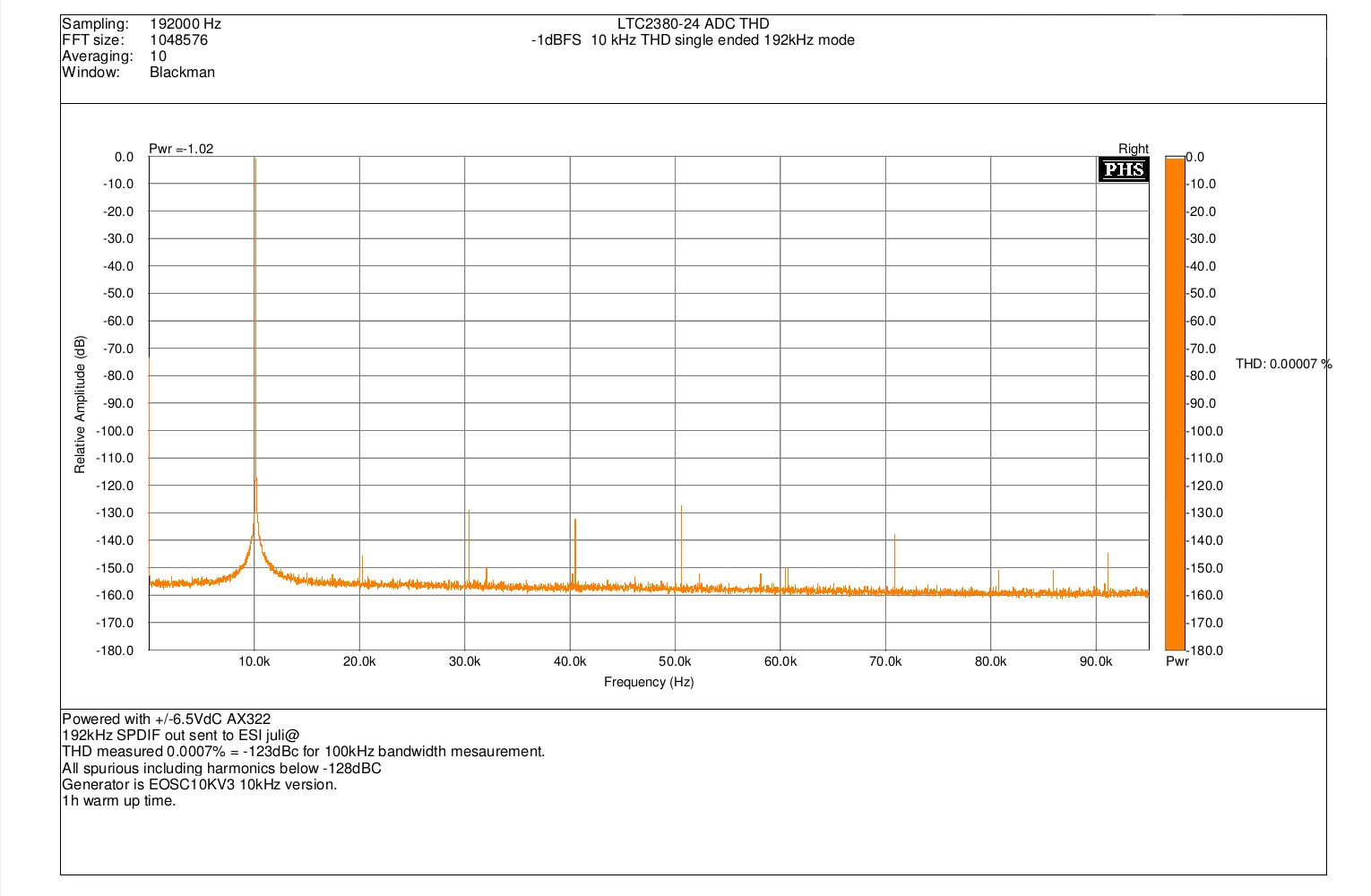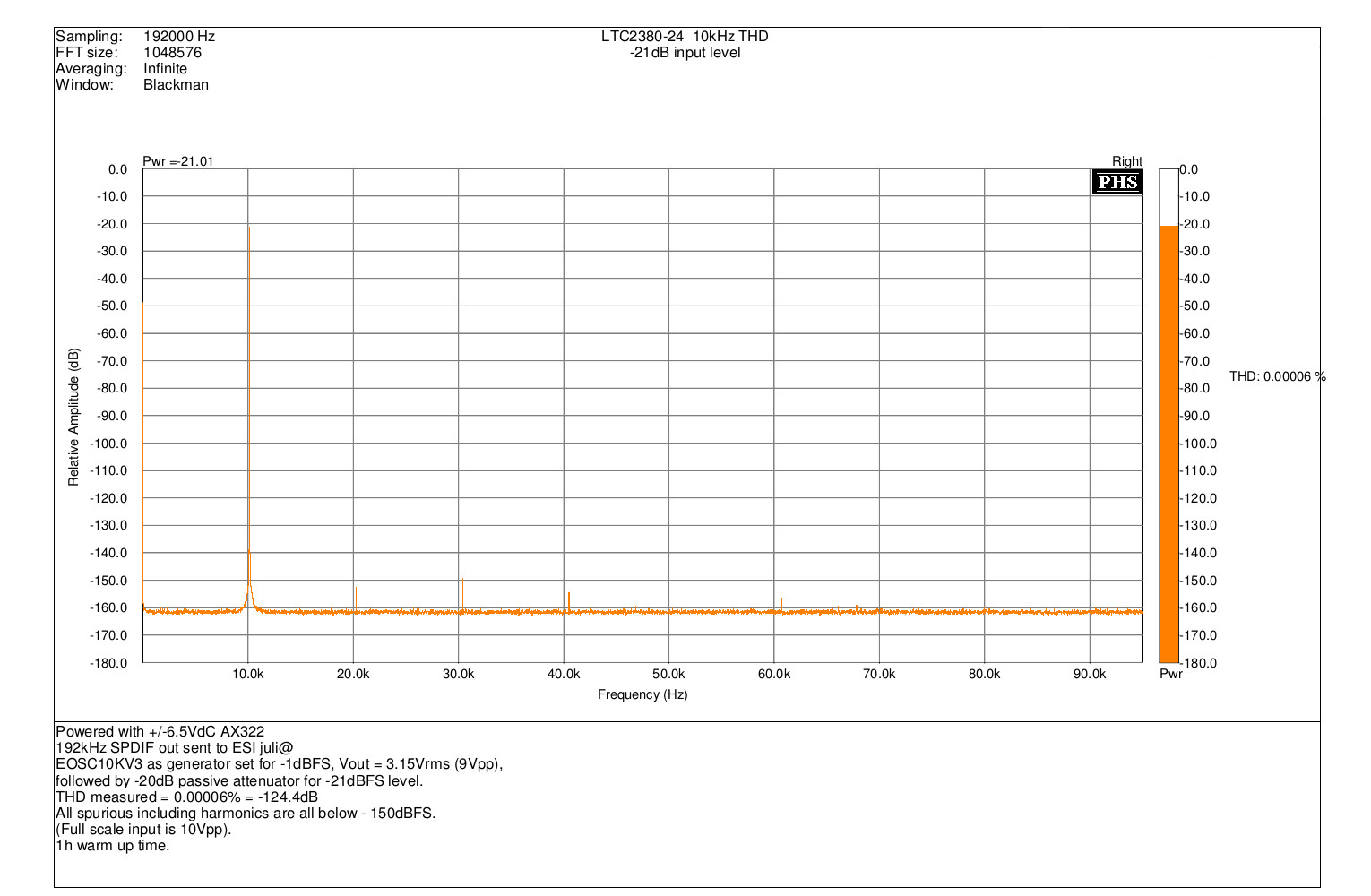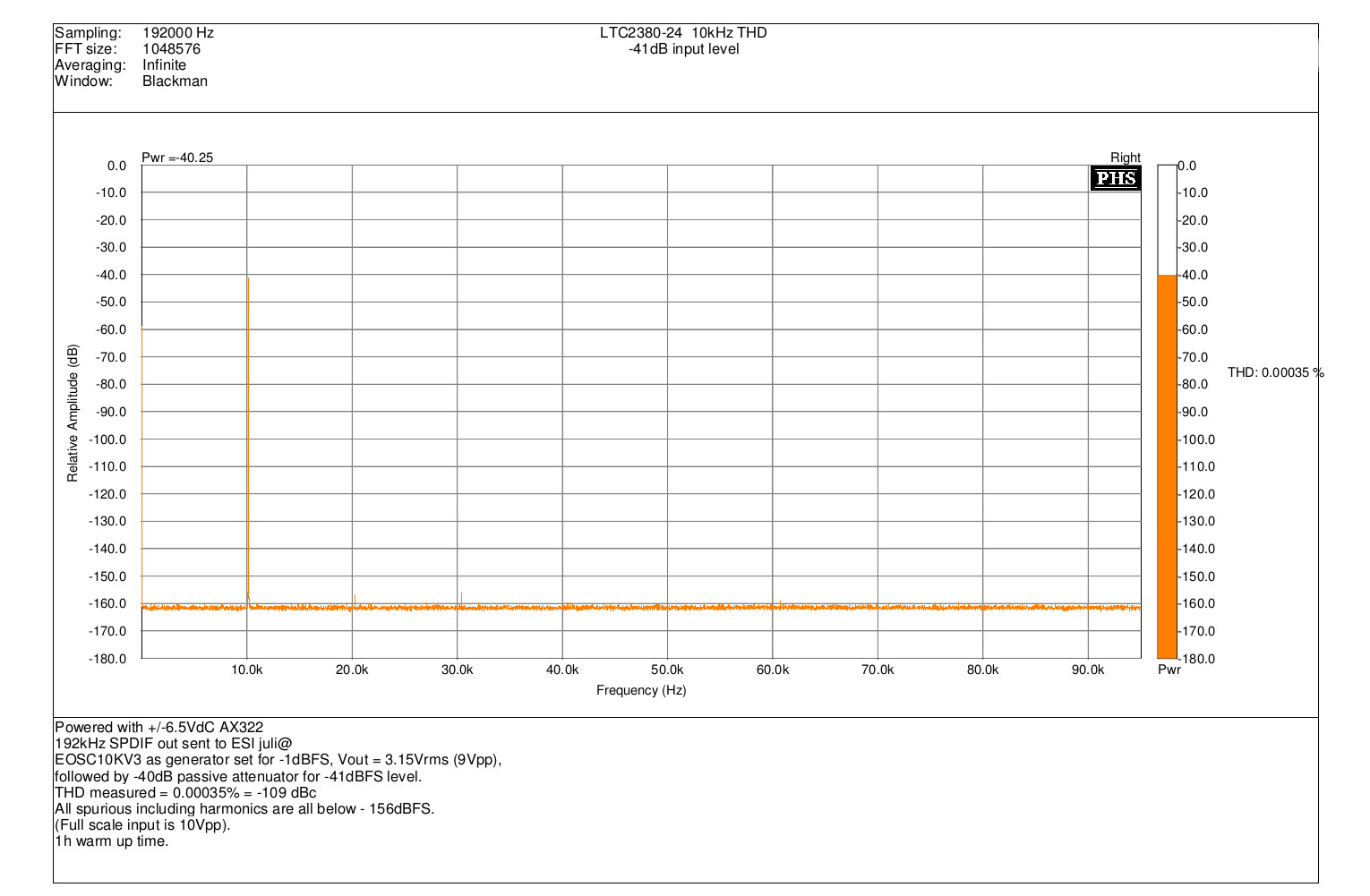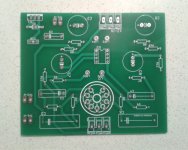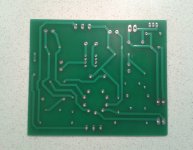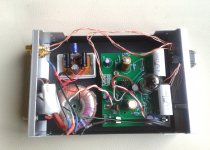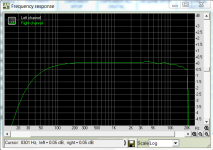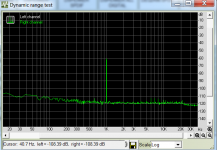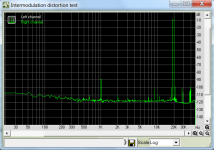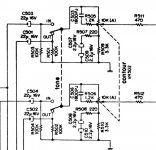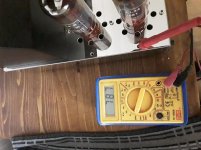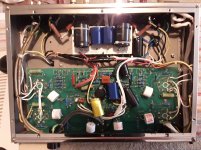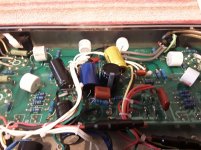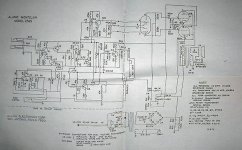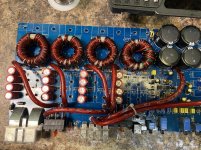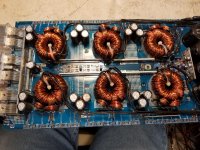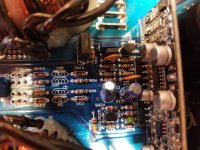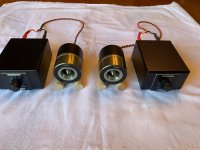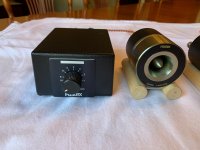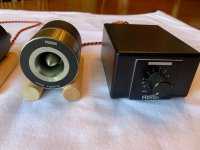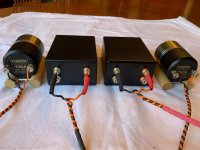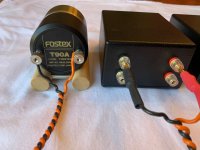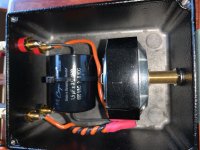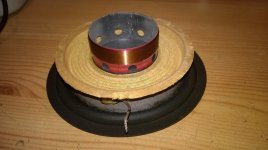Hello all,
As many DIYers here and from my own experience in building ADC's,
we can seen that no obvious improvement was done from much years in ADC IC available.
The AK5394A designed 12 years ago still the better audio ADC available on the market.
I really think that the main reason come from the lack of market for a really better performance.
In all my investigations, i seen nowadays that SAR ADC market mainly used for instrumentation
have reached a performance level that become comparable to the better sigma/delta audio ADC.
LT has released some months ago a new SAR ADC, the LTC2380-24.
It is an high resolution 24bits 2Msps ADC that integrate a digital averaging filter to improve SNR.
After many hesitation, i had decided to purchase the evaluation board of this IC.
The eval board is intended to be connected to a DSP board (from LT also) for data collecting
to a PC and analysis with the LT software ( PScope).
I don't want to buy the DSP board because it's pretty expensive(300€) and my target
is to use the EVM with all my favourite audio software for sound-card.
The EVM board include an FPGA (EPM570) that is used to sent data to DSP board.
The ADC use a serial link (as SPI) to enable conversion and read serial data.
So, i wrote a complete new software in the FPGA to read the ADC at 1.536 MSPS,
and average 4,8,16 or 32 samples to give an output at standard audio rate of 384kHz, 192kHz, 96kHz and 48kHz.
Then, the data rate is transformed to fit in directly in SPDIF format,
so CPLD outputs drive a pulse transformer to get a coax SPDIF out.
At rear, 3 positions toggle switch allow to change sampling rate or perform a DC calibration
(the ADC do not have HPF has many audio ADC have).
The EVM need also an external clock, that must be low noise and high frequency
to get maximum sampling rate and minimum jitter.
So,i add a 98.304MHz ultra low phase noise oscillator(Abracon ABLNO)
powered with low noise 3v3 regulator.
The original input front-end of the EVM is very simple, with only followers.
The ADC have differential inputs with Vref/2 offset, so the inputs must have this offset (not friendly).
Because i want to use inputs in single-ended or differential mode, i designed another
front-end including a little low-pass filter to limit aliasing and out of band noise.
After some investigations and tests, I designed a front-end using the MAX44206
fully differential amplifier. The buffer has unity gain and allow 10Vpp full scale input (3.5Vrms).
After all of this done, i was very curious to know what we can really expect from this type of ADC...
First , you will find below some pictures of the setups with the EVM becomed
an audio ADC.
Then, some measurements done today with it.
Front view with differential input and on/off switch
-1dB 10kHz THD test with EOSC10KV3 oscillator
Top view, EVM PCB with oscillator and front-end buffer
Now, some measurements results.
1/ 192kHz mode noise floor, 50 Ohms on each input (orange trace).
Green trace is the noise floor of AK5394A ADC to compare them.
We can see here that despite the lack of noise shaping and only
low oversampling ratio of LTC2380-24, the noise floor level is very near
what we get with AK5394A (-111dB).
The floor of LTC2380-24 is also extremely flat over bandwidth.
2/ 1kHz THD at -6dBFS 192kHz, single-ended.
Generator is EOSC10KV3 1kHz version, output level set to 3.15Vrms (8.9Vpp)
3/ 10kHz THD at -1dBFS 192kHZ, single-ended.
Generator is EOSC10KV3 10kHz version, output level set to 3.15Vrms (8.9Vpp)
4/ 10kHz THD at -21dBFS 192kHZ, single-ended.
Same measurements as previously, but -20dB passive attenuator added
between generator and ADC input.
5/ 10kHz THD at -41dBFS 192kHZ, single-ended.
Same measurements as previously, but -40dB passive attenuator added
between generator and ADC input.
As we can show, measurement results are very far to be ridiculous !
When can see exceptionally clean spectrum with THD level excellent at any levels,
even near to full scale. So, these results confirm me that modern SAR ADC IC
can be a very good choice to build a high performance audio ADC.
There is also many others advantages that is :
High DC accuracy (could be usable as high resolution voltmeter).
Easy to get 384,768 and event 1536 kHz sampling rate ! (if supported by sound-card).
DNR can reach 145dB using sample averaging (low rate).
I will continue to investigate in this direction, and i will also probably try the EVM
with the LTC2378-20 (pin compatible) that claim a better THD figure than the LTC2380-24...
Frex
